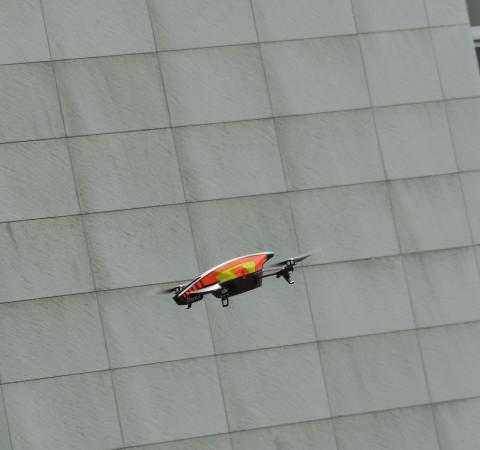
Recent technological advances, particularly in the field of autonomous systems, have made it possible to design mobile entities such as drones or robots with various sensory faculties and the ability to communicate and interact with each other. These devices pose problems on an individual scale (trajectory control, attitude management, endurance, stabilisation, etc.) but also problems of distributed algorithms when considered as a group (communication, identity management, etc.) and all the more so in unfavourable situations (possible loss of a device).
The work of the LaBRI's MUSE (Mobility, Ubiquity, Security) team aims to address these problems and focuses on secure fleets of autonomous communicating mobile terminals. In this field, we have obtained significant results in terms of modelling and characterisation of algorithms and associated mobile applications. We have based our work on a model based on graph re-labelling, which we have extended to take into account the dynamic aspect of the environments we are interested in. Indeed, the topology of a network composed of this type of entities is subject to two types of dynamicity. Their movements constantly redefine the underlying communication graph; but it is also possible for entities to disappear at any time (accident, energy shortage, software failure, etc.). A more theoretical axis of our work is interested in classifying these contexts of mobility in terms of graph theory - our classification to date includes about twenty classes of dynamic graphs. We have produced demonstrators and work for this purpose in strong interaction with industrialists (large groups, SMEs) and public organisations (DGA, Aquitaine Region, etc.).


